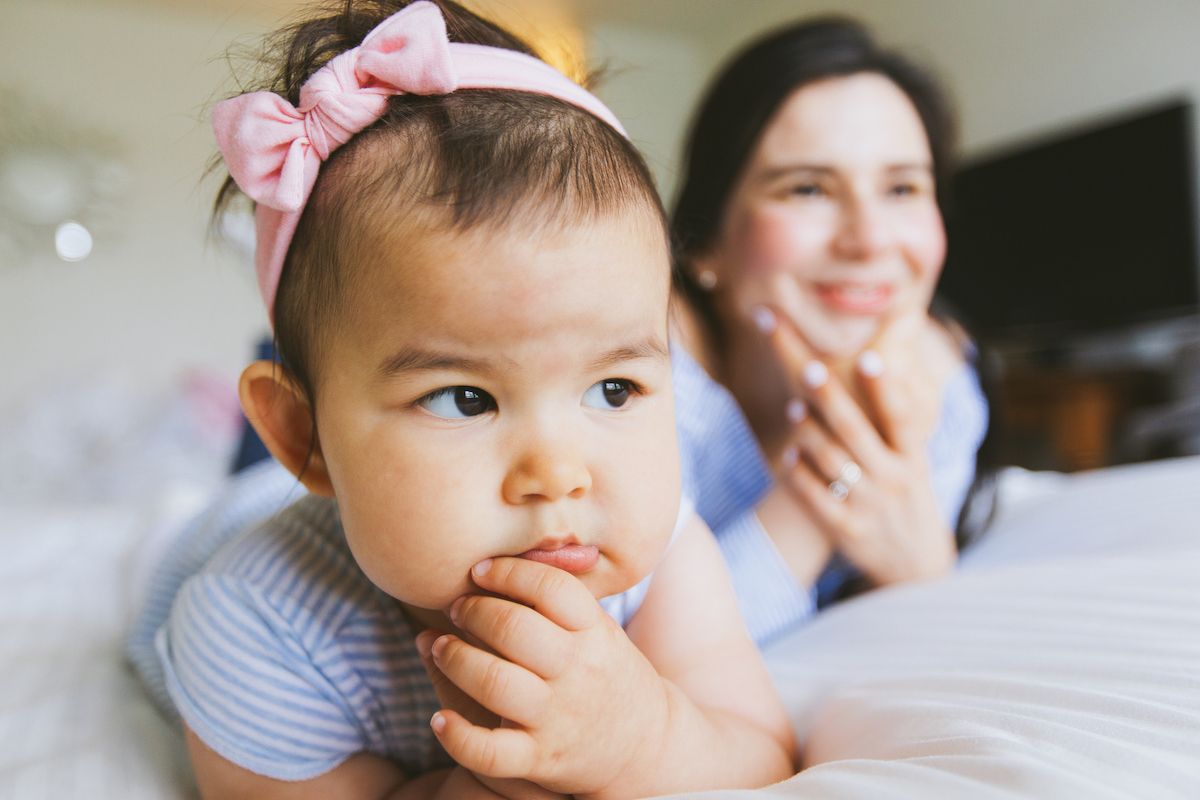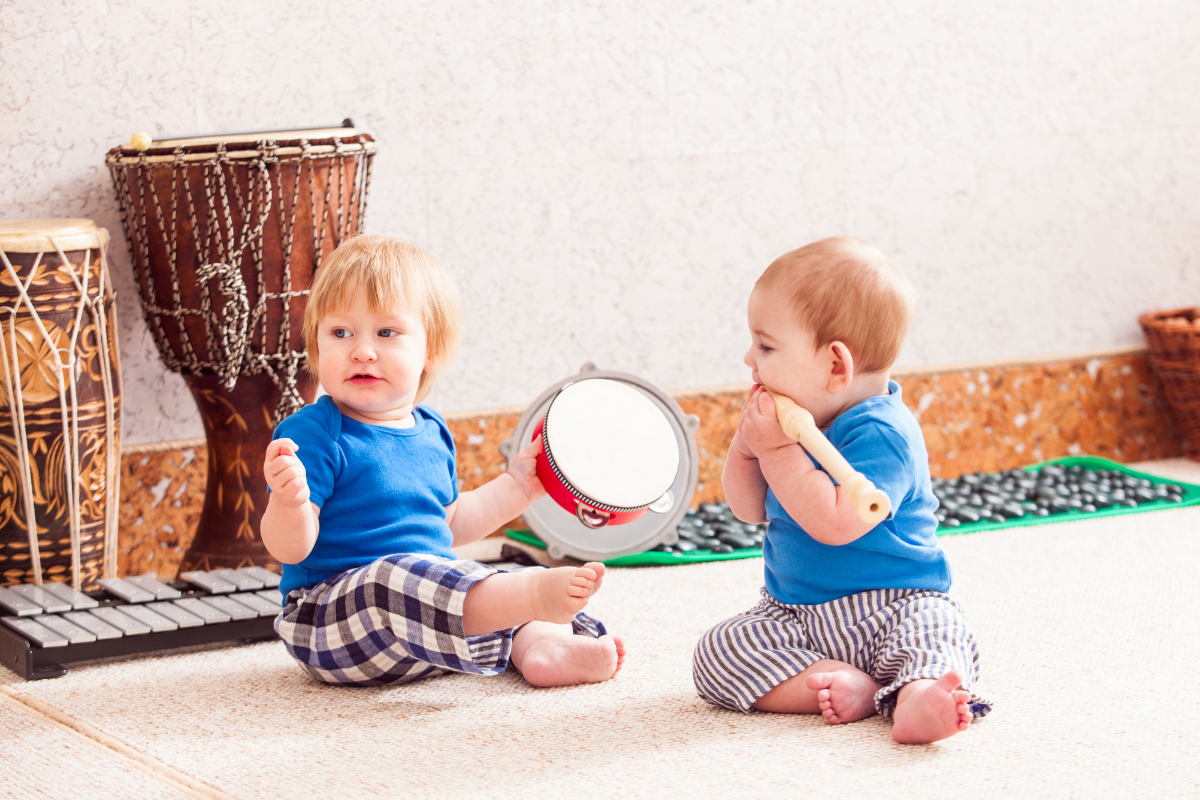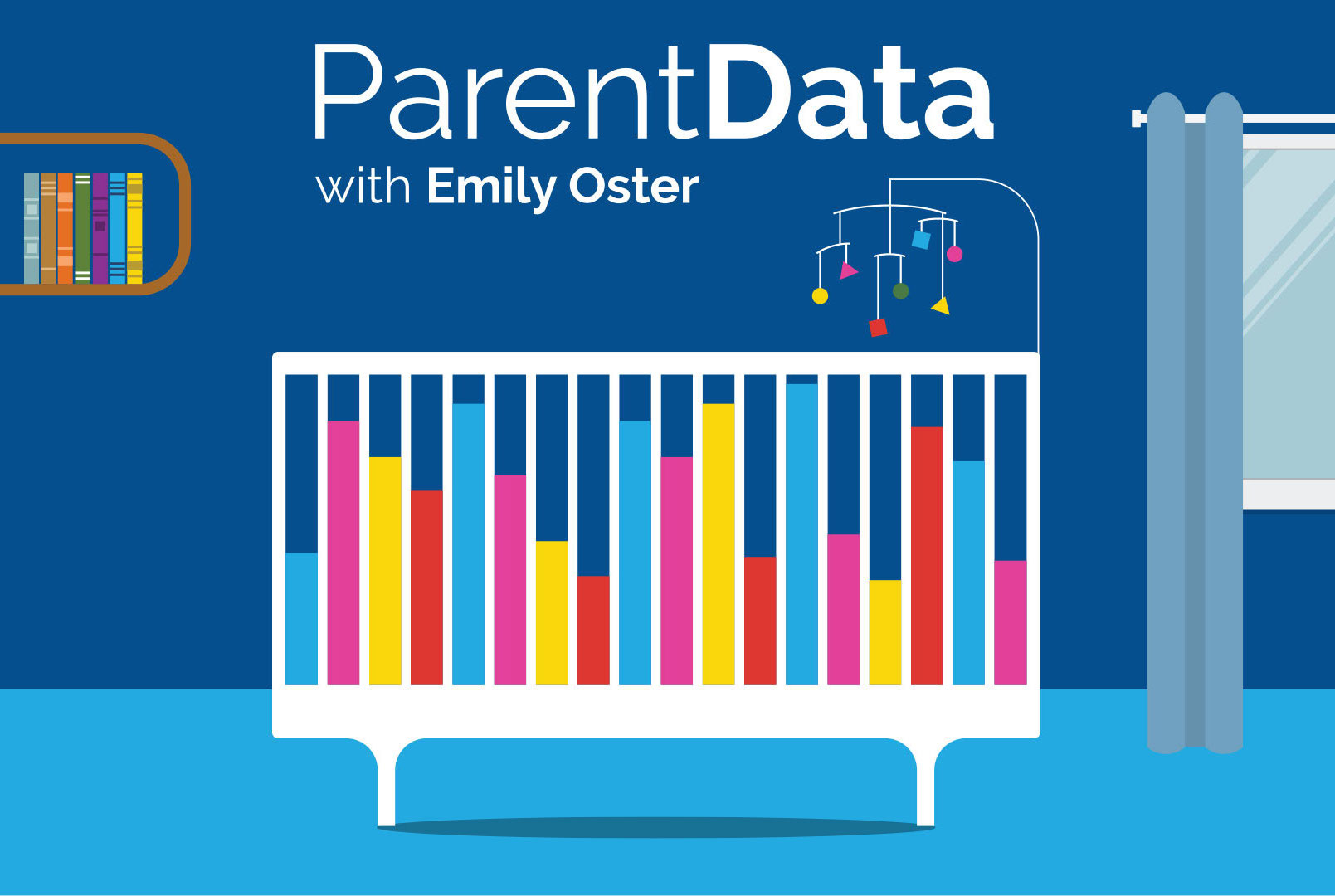Welcome to another entry in our new Panic Headlines series. Today we’re going to tackle induced labor and IQ.
This one is from The Guardian. The paper is in the Acta Obstetricia et Gynecologica Scandinavica.
The data for this paper is a great example of what is possible in some European countries with large and comprehensive data registries. It comes from the Netherlands. The authors have information on effectively all children born during the period from 2003 through 2008, linked to a school test score performance at age 12. They see a lot of details about their birth — gestational age at birth, birth weight, other birth complications, and, importantly, whether the birth was induced. There are over 200,000 children analyzed — the scope of the data is really cool!
The authors analyze what they define as uncomplicated births — births with a head-down presentation, not complicated by hypertensive disorders, diabetes, or very small birth weight. They also excluded children with congenital abnormalities. And they excluded children who were not white (“to improve homogeneity of the data,” as the authors note), which both adds bias and is emblematic of a problematic focus in many research projects on non-diverse populations.
With this sample of births, they estimate the relationship between induction of labor and child test score at age 12 for each week of gestational age. So, for example, they take children born at 39 weeks of gestational age and compare those who were born after induced labor with those who were born after spontaneous labor.
The authors find that children born after induced labor have slightly lower test scores than those born after spontaneous labor.
There are two problems. First: there are demographic differences in induced and non-induced groups. The authors do not report that directly, but we can see that it must be true based on their results. Below, I show (for the babies born at 38 weeks of gestation) the relationship between induced labor and test scores. I show the raw relationship in the data; the relationship when they adjust for maternal age and socioeconomic status; and the relationship when they further adjust for maternal education.
As controls are added, the relationship gets smaller. Even very basic controls here — maternal education is in just three categories — make a huge difference in the effects. This tells us that there must be large differences in maternal education (and all the other variables) across induced and non-induced births. It also should make us concerned that there are other differences across these births (things like household income) that might be driving the results, but which the authors cannot adjust for.
The other problem: although the authors exclude births with certain complications, in many cases there is a reason that a birth is induced. And especially at 37 or 38 weeks of pregnancy, that reason may well be something about complications in pregnancy. Without controlling for these complications — indeed, without observing them — we introduce another source of bias in the results.
Bottom line: this is a pretty standard correlation-isn’t-causation problem. Sigh. It’s a good example of how even great data cannot rescue a deeply flawed premise.
Concluding thoughts
Lessons for the day:
- With enough statistical tests you can find your way to a significant result, but that doesn’t mean there is a true causal effect.
- Correlation is still not causation.
- The British press is no more data-literate than the American press.
Until next time!
Community Guidelines
















Log in